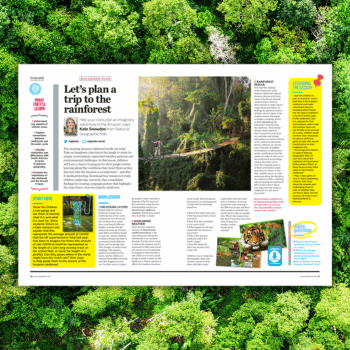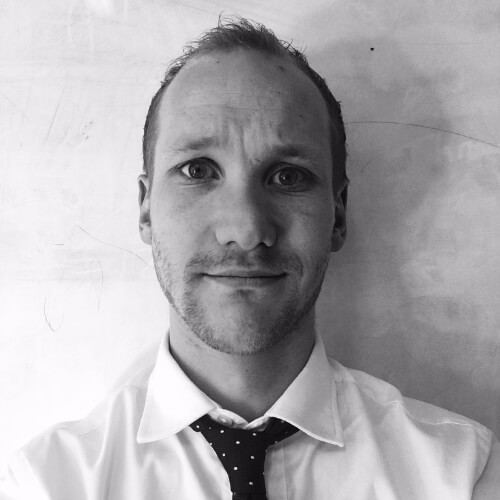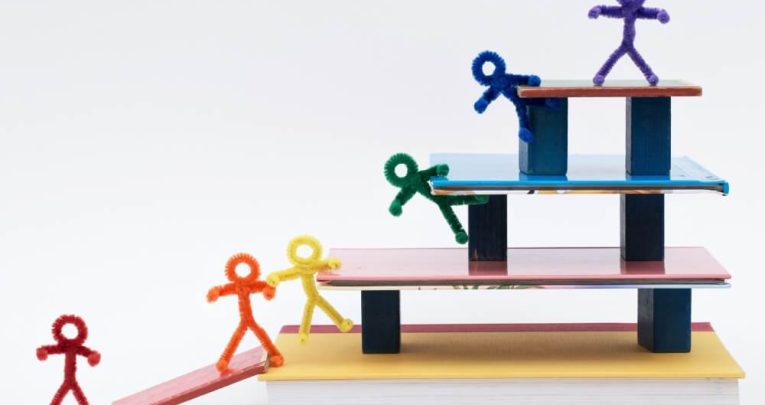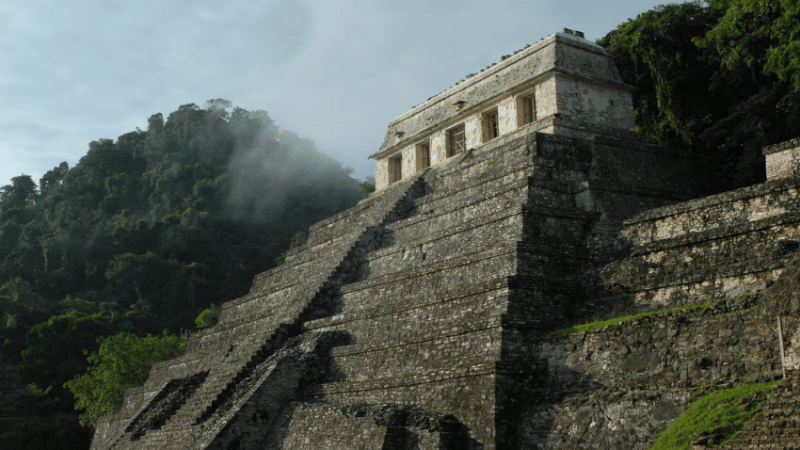Primary curriculum – how to create a plan for history, geography and RE

If your humanities curriculum is a blank Sistine ceiling, starting with some detailed sketches may stop you making a Jackson Pollock of it, says Jon Hutchinson

“The curriculum is too packed! Chock-a-block! Bursting at the seams!” It’s a common complaint in most schools, but especially in primaries, and especially recently.
I myself may have been overheard grumbling something similar over a custard cream in the staff room.
Despite the joy of spending all day with our classes, it can often feel like there is too much to do and too little time to do it.
The National Curriculum is usually held up as the villain in this pantomime; the source of all our woes.
While this may be true in some subjects (yes, I’m looking at you, grammar), I’m not so sure this applies to areas such as history, geography or RE.
In fact, and bear with me here, I think that the problem in some of the foundation subjects is that the curriculum is too thin, not too dense.
Let’s take an example: Roman Britain. It’s true that this is a National Curriculum topic and therefore schools have a statutory duty to teach it.
But beyond the vaguest title ‘The Roman Empire and its impact on Britain’ there is no further statutory expectation.
This means that someone needs to decide which of the people, events, themes and concepts to teach from an empire spanning 500 years (or 1500, if you are including Byzantium) and several continents.
Too often, all of this choice is left up to classroom teachers. Rather than being given paint-by-numbers, as it is sometimes claimed, they are left with the curricular equivalent of the blank ceiling on the Sistine chapel.
Now, if you’ve got nothing else to do for several years, dozens of assistants and a relaxed attitude to toilet etiquette, then it’s true you may well conjure up a masterpiece.
But precisely zero classroom teachers enjoy any of those luxuries. This can mean that curriculum is planned on the hoof, with little more than a lunchtime to prepare an hour lesson from scratch.
At Reach Academy Feltham, we started sketching out our curriculum in more detail about five years ago.
We haven’t stopped tinkering ever since, and one of the biggest conclusions we’ve arrived at is that a good curriculum is a detailed one. Good for leaders, good for teachers, good for pupils and good for parents.
There are five main reasons why, and it’s worth looking at each in turn in a little more – ahem – detail.
1. Specified checkpoints and endpoints become clearer
There is little clarity, nationally, of exactly what pupils should know and be able to do in many of the subjects and topics outside of English, maths and maybe science.
Vague descriptors such as ‘emerging in understanding chronology’ or ‘understands how humans can affect their environment’ are entirely unsatisfactory in terms of setting out pupils’ knowledge and skills.
The more detail that we can provide in the curriculum, then the more transparent and useful the assessment can be.
Multiple-choice quizzes set before the topic is taught can be a useful starting point, but broader assessments could also be planned, such as presentations in which pupils must explain the features of each biome.
2. Subject knowledge is teaching turbo-fuel
It’s difficult to overstate the importance of subject knowledge when it comes to teaching.
With it comes clearer explanations, better questions and greater enthusiasm. Without it – well, we all know how that feels.
And primary teachers are often set an impossible task of being some sort of human equivalent of Wikipedia with a personality.
Setting out exactly what pupils need to learn in each lesson not only gives clarity to pupils, but also provides teachers with a primer for what they need to know.
Writing out 500 or so words of text for each lesson can serve both purposes, ensuring equality of curriculum offer for all pupils and acting as a mini, tailored subject knowledge boost for teachers.
3. Conceptual knowledge relies on examples
Of course, when talking about detail in the curriculum we aren’t aiming for an uninspiring list of facts to be memorised and regurgitated.
The beauty of each subject is in the broad concepts that underpin each discipline. In geography these will include big ideas such as migration, habitats and natural resources.
However, conceptual knowledge relies on concrete examples. The more examples you know when it comes to, say, monarchs, the better your conceptual understanding of monarchy will be.
A detailed curriculum, therefore, ensures that conceptual understanding isn’t left up to chance.
4. Sequencing takes place over years, not weeks
The curriculum is bigger than any individual teacher. While primary teachers, of course, are responsible only for their year group, the curriculum for children extends both before and beyond.
If we want pupils’ conceptual knowledge to gradually become more sophisticated year after year, then our curriculum sequencing needs to be detailed enough to ensure that.
If pupils learned that the Abrahamic religions all consider Moses a prophet in Y4, they need that understanding to become more nuanced in Y5 or 6, perhaps by learning about his role as a liberator.
Without the detail of exactly what pupils learned in the preceding years, we essentially do a factory reset of each subject every September.
5. Parents are invited into what their pupils are learning
We all know that parents and carers are children’s first and best teachers. Too often, though, we lock them out of exactly what their kids are learning.
If you ask your daughter what she is learning about in history and she responds with ‘Knights and Castles’ or ‘Chocolate’, it becomes an almost impossible task to consolidate and extend her learning at home.
What on Earth are they expected to know? The greater detail that we can provide, then, the more able parents are to support.
In my experience, with this greater clarity, folks at home are only too happy to boost their kids’ learning.
A risk with this ‘detailed approach’, of course, is that a sort of educational arms race emerges, in which subject leads are determined to pack more and more into lessons and units of work.
So I should be clear: more detail doesn’t necessarily mean more content. Rather, it is a clearer and more thoughtful level of granularity that helps to ensure that one topic builds on the last and sets up pupils for the next.
The approach that I’m advocating should remove headaches and free up time for teachers. If it’s doing the opposite, then something has gone wrong and we have the same problem that we started with.
Gradually getting to a greater level of detail as a school in each subject is not something that happens overnight or in a mad sprint over a half-term holiday.
Rather it’s a process that takes years, and even then is never quite finished. We made the choice to set out the detail in pupil work-booklets for each unit, with all of the tasks, questions and content included.
It may be that as a school you decide to adopt such materials, perhaps adapting, adding and iterating, over time.
However you choose to approach curriculum development, remember that the devil is in the detail.
Curriculum resources
The history and geography curriculum developed by Reach Academy Feltham and refined in partnership with Pearson Primary includes complete work booklets, lesson plans and slides for all statutory topics at KS1 and KS2.
You can find out more at tinyurl.com/tp-ReachCurriculum
Jon Hutchinson is director of training and development at the Reach Foundation, which partners with schools and trusts to develop cradle to career approaches within their communities. Before this, Jon was a primary school teacher and assistant headteacher at Reach Academy Feltham.












